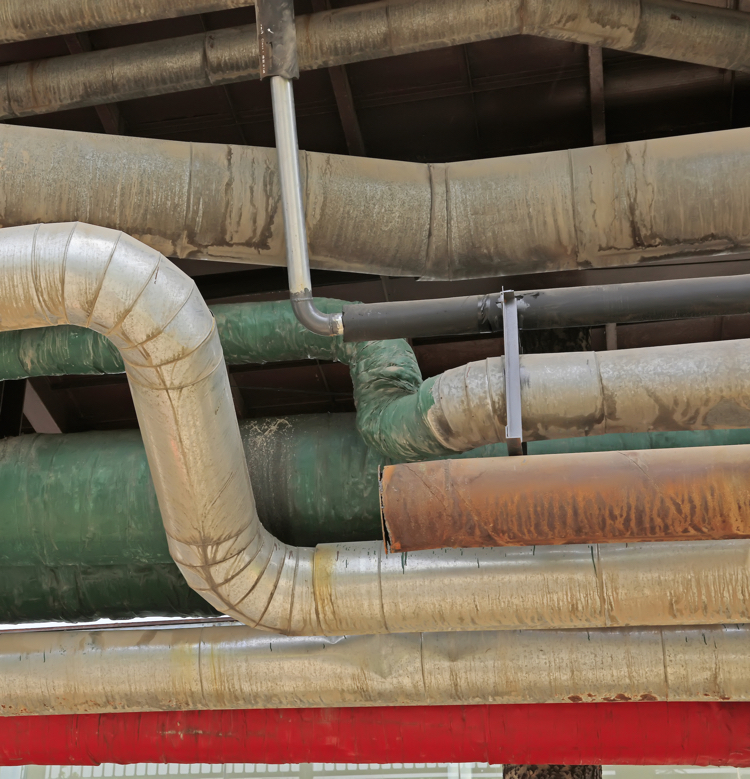Nurses are three times more likely, and teachers five times more likely, to develop mesothelioma than the general population.
Six million tonnes of asbestos remain in 1.5 million hospitals, schools and other buildings in the UK.
A think tank has said that a register must be compiled of all locations where asbestos still exists. It calls for the UK to impose stricter limits on how much people can inhale.
5,000 people a year in the UK are dying as a result of asbestos-related diseases. It is difficult to see how much longer the current situation can be tolerated. The majority of asbestos-related deaths (from mesothelioma, lung cancer and asbestosis), came “largely as a result of asbestos exposure prior to 1980”. The use of asbestos in construction was banned in 1999 but its removal is far from complete. And worryingly, its location is unknown to many who work in the very buildings where it is present.
Asbestos Dangers – Differences in regulation
ResPublica, a think tank, reports that legal limits permit people to inhale ten times more asbestos fibres than in Germany.
It says that nurses were three times more likely, and teachers five times more likely, to develop mesothelioma than the general population. . Mesothelioma is a cancer that develops in organ linings.About 98 per cent of these cancers are caused by asbestos exposure.
Its report, Don’t Breathe In, says: “The Control of Asbestos Regulations 2012 state that asbestos should be maintained rather than removed, provided it is in a ‘good condition and well protected either by its position or physical protection’. The HSE requires a duty holder to ‘identify the location and condition of asbestos in non-domestic premises’. It also has to keep a record of this to ‘manage the risk and prevent harm’.”
They say, however, that most of the detail is “provided via self-assessment and non-mandatory responses to surveys”. It adds: “HSE does not hold a central register or database that accurately records any such information, including which types of asbestos are present in which buildings or in what quantity. Overall, there would appear to be no regime for systematic audit and inspection in our public buildings.”
The HSE said: “There are stringent legal requirements for those responsible for public buildings to protect against the risks of asbestos. There is only a significant risk if any asbestos within the building fabric is disturbed.”
Asbestos dangers – UK schools
Asbestos in UK schools remains a very real issue. Any building constructed before 1999 may have asbestos within it and that’s a considerable part of the national school estate.
It would be rare for a school not to have had an asbestos survey to identify where the material is. However, there would be few schools where every teacher and assistant had seen the survey. Or even knew it existed.
Schools are energetic environments. Material disturbance always remains a possibility. When teachers don’t know where the asbestos dangers are, then chances of accidental fibre release is a concern.
The NEU advice for school managers and governors states that employees should be regularly consulted. But how many actually are?
£20,000 fine
In 2017 Kent County Council (KCC) was fined £200,000 after asbestos was disturbed at Lansdowne Primary School in Sittingbourne.
Canterbury Crown Court was told how an environmental health officer was carrying out a routine food inspection. Then they noticed what looked like asbestos rope hanging from the ceiling.
The HSE found that the flue and gasket rope were attached to a steriliser unit. That had been removed by the caretaker. The investigation also revealed that neither the caretaker nor the head teacher had any asbestos management or awareness training. The council failed to effectively prevent exposure. It also failed to provide suitable training to those liable to be exposed to asbestos.
Kent County Council pleaded guilty to breaching Regulation 10 (1) of the Control of Asbestos Regulations 2012. It was fined £200,000 with costs of £21,500.

UK Companies are still trading in asbestos
There is an obscure corporate law which allows companies to trade in complete secrecy. It has been used to make the United Kingdom one of the world’s biggest traders in asbestos.
Asbestos has been banned in the UK for the past 20 years. But several British-registered companies ship hundreds of thousands of tons of the deadly mineral every year. And this to some of the world’s poorest countries, where it is still used in construction and engineering.
They include companies which are limited partnerships (LPs) which are permitted to operate without paying taxes, publishing accounts or declaring publicly who owns them. In 2015, a single UK- registered company was responsible for shipping almost half of all the asbestos mined in Russia, the world’s biggest producer.
Trading in asbestos is not unlawful in the UK and there is no suggestion these LPs are engaged in illicit activity.
Use of asbestos, estimated by the International Labor Organisation to cause 107,000 deaths every year, has been outlawed in 66 countries, including the EU, with a further 25 imposing tight restrictions.
In 2015, one UK based company who we won’t name, arranged the export of 263,660 tons of asbestos, worth a total of $71.46m for use in India, Indonesia, China, Mexico, Malaysia, Vietnam, Thailand, Bangladesh and Sri Lanka — according to Russian customs and excise data.
Shout Out Safety Training Courses
Shout Out Safety provides Health & Safety training courses as streamed broadcast-quality HD video which increases engagement and knowledge retention.
The Shout Out Safety Asbestos Awareness course is very popular with school caretakers and site managers through our association with The Caretakers website. We’re honoured to have been the official training provider to this fantastic online resource for serval years now.
The presence of asbestos dangers in UK schools can only be addressed by a long-term programme of removal. But here’s the rub, there’s over 23,000 of them and it would mean complete closure for months for each one…
In the meantime we should be looking to protect and inform ALL staff who work in buildings where the threat exists.





